Introduction to solar power fencing for crop protection: An agricultural fence is a type of fence that is often used in agriculture. Fencing is often used to control livestock on farms. The fence can ensure that they do not leave the farm. In fields that grow crops, fencing can be used to control wildlife that can eat or damage crops. To build a fence, you can use a variety of materials. The type of material you use will depend on the area in which the fence will be erected, the location, and the type of animal you want to capture.
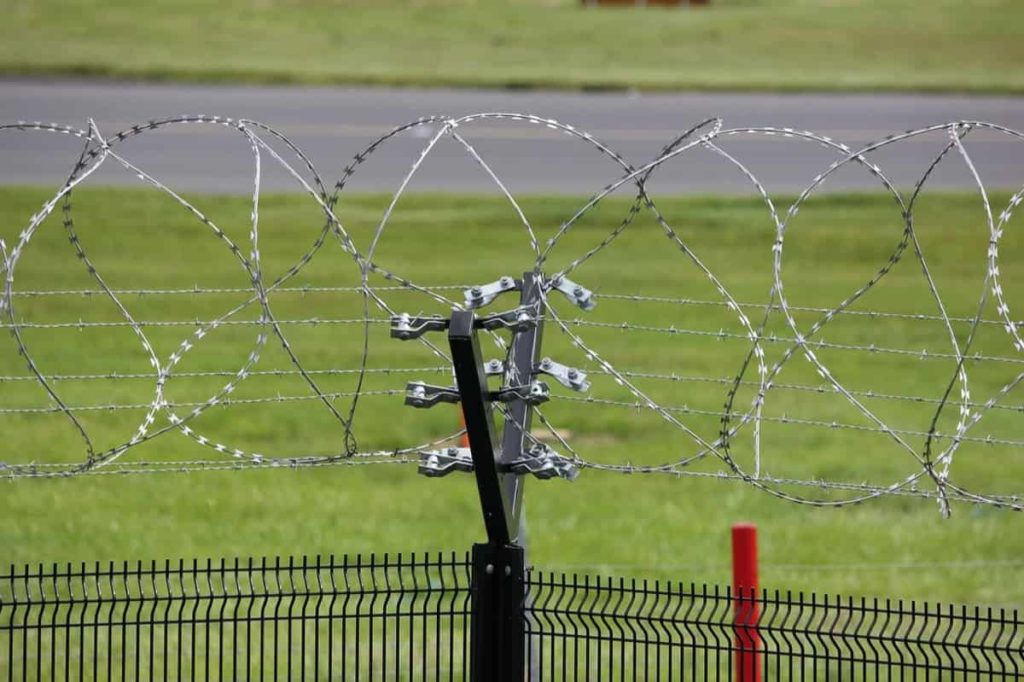
Before fencing, it was common for domesticated livestock to roam freely. They were fenced off from areas they did not like, such as orchards or crop fields. Eventually, the growing use of row crops and the growing population forced livestock farmers to fence their animals. Early fences were made of whatever material was readily available, such as stone or wood. Today, there are many options available to you for wire and electric fencing.
Fencing in agriculture is not a new concept. This is an old process and is carried out in different ways and methods over the generations. Fencing is a one-time investment and provides long-term protection for farmland and property and helps reduce crop damage due to a variety of disruptive causes. An effective fencing setup can;
- Mark any property (legal requirement)
- keep away stray animals and intruders
- keep thieves away
- protect land and crops, and much more
Fencing is about privacy, beauty, and security, the farm of which demands its best. A new power fencing technique is seen as the ultimate solution. Solar-powered fences electrify the fence with a pulsating current. Electric fences are a psychological barrier that allows animals to learn to respect the fence. Any enclosure can be fenced by solar, although the cost varies with the fencing area. When an animal or human comes in contact with a fence, they receive a brief painful but safe electric shock, which does not cause any physical harm to humans or animals. It works as a barrier.
Guide on solar power fencing for crop protection, why solar electric fencing, components, how to maintain, battery maintenance, features and advantages
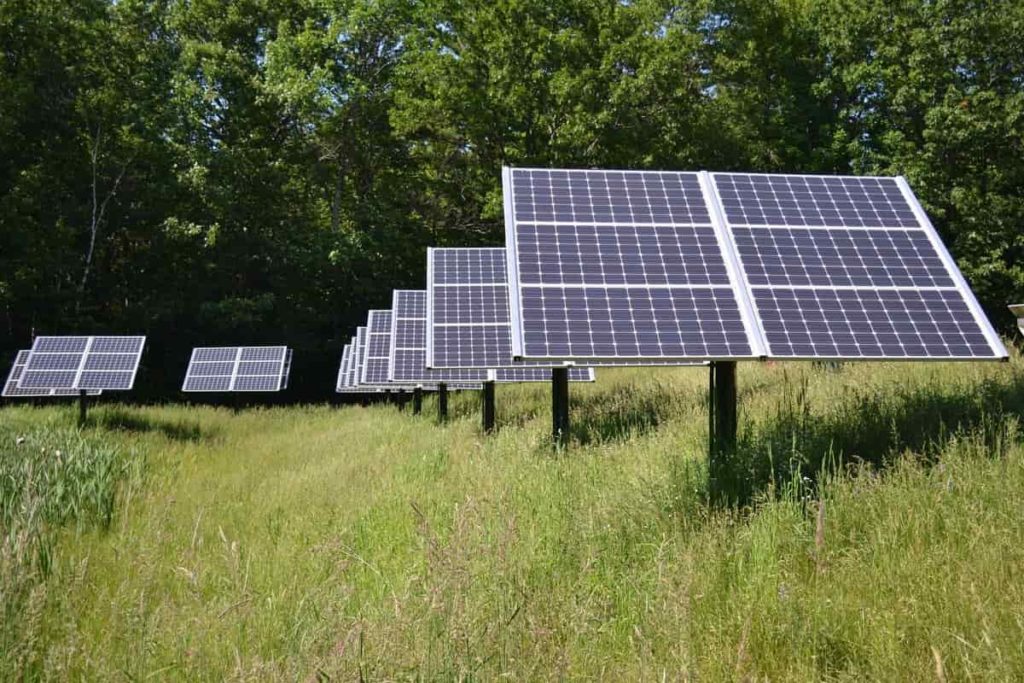
Reasons for choosing solar electric fencing
There are several reasons for choosing solar electric fencing;
- Non-lethal systems stand alone.
- Low cost – electric fences require less material and labor than traditional fences.
- Easy to build – with low and lightweight materials.
- Long-life – due to a reduction in physical stress.
- Universal application – will contain all kinds of animals while discouraging predators and intruders.
- Simplicity and flexibility – a quick and easy way to effectively subdivide paddock to improve deep grazing, pasture management, and productivity.
- Low maintenance – due to low stock pressure.
- Less damage to the stock – The shock caused by the electric fence does not cause any physical damage to the stock and they are less likely to get injured if they are forced through the electric fence by wild animals or bush fires.
Solar fencing systems are protected crops on agricultural land and property. When any living thing comes in contact with the fencing wire, it receives a fast, short but safe electric shock. It does not harm the animal but effectively protects your farm without the use of electricity.
Solar power fencing installation requirements
- Solar power fencing systems can be installed with existing fences except for barbed wire as it can trap animals.
- Make sure the solar panel faces north-south to maximize the use of sunlight.
- Solar electric fence systems must meet national and international standards. Be sure to use appropriate fencing tools and accessories during installation and maintenance.
- Earthing is essential for high performance. Make sure to install a good number of earth kits. No Earth Kits near mains earthing. Must have a built-in charger and backup battery.
- The voltage on the fence should be checked regularly at 2-3 points and make sure that it is between 5 and 10 kV.
- Keep the battery in an upright position. Before installation, make sure that the battery is initially charged correctly.
- Solar Energizer should be tested by ETDC, the Government of India. Make sure the Energizer control unit is kept in a safe place and protected from rain, severe storms, and lightning.
- Be sure not to connect the Energizer to the AC mains or directly to the charger or solar panel.
- Check the growth of plants regularly.
- Effective solar fence during the night and alert systems, where the battery is charged by a solar panel. In the case of 24-hour fence operation, batteries and solar panels are of suitable size. Comes with an alarm unit system to detect any intruders.
Solar fencing system components
Battery
The battery stores the power generated by the solar panel and supplies it to the energizer. The size of the battery is chosen according to the electrical current consumed by the energizer, and there is enough storage capacity to supply power to the energizer even in the absence of sunlight. The size of the battery depends on the type of energy selected. Multiple batteries are called “battery banks” to provide adequate charge and storage capacity.
Charge Control Unit (CCU)
What is a charge control unit? – A charge controller limits the rate at which electric current is added to or removed from electric batteries. This can prevent overvoltage, which can reduce battery performance or age and pose a safety hazard.
In case you miss this: Top 19 Livestock Feed Companies in India
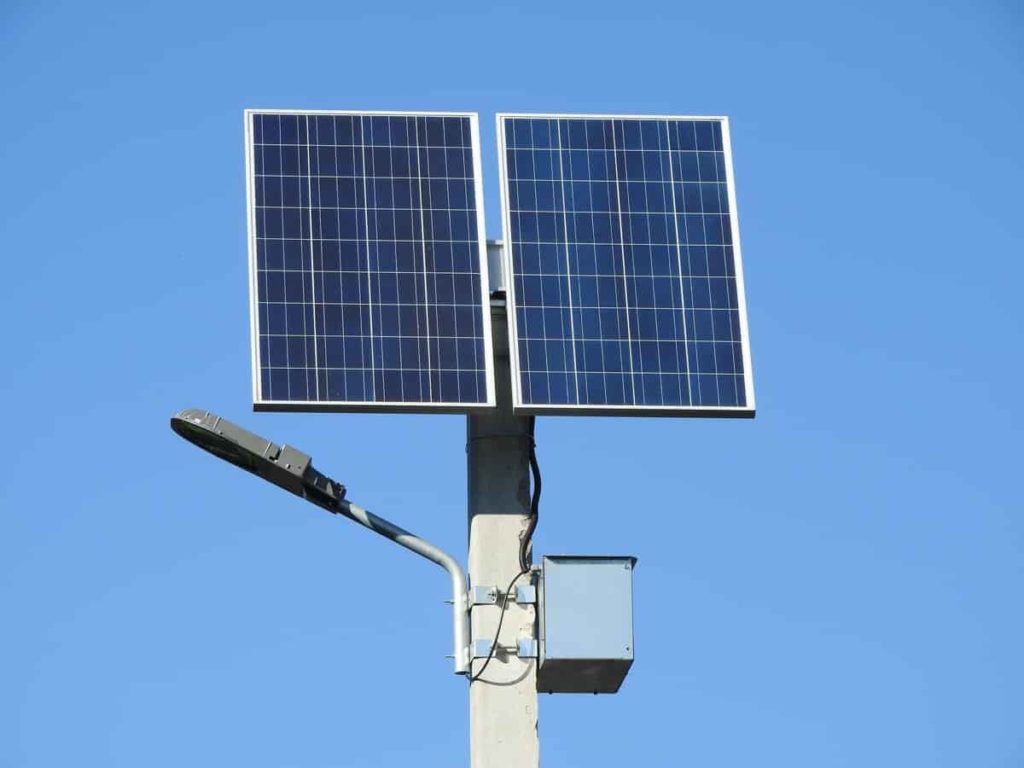
Energizer
The powerhouse of your electric fence. The Energizer converts electricity from a mains supply or battery into regular high voltage pulses that travel along the entire length of the fence. Each pulse lasts only a fraction of a second and produces about one second. Your type of energy provider depends on how close the fence is to the mains supply, how long the fence will be, and what kind of animals you want to control. The energizer must be set up with its earth terminal with a proper earthing or grounding system. The energizer will send an electric current along an insulated steel wire.
How to choose the best solar electric fence energizer?
Since there are so many different options on the market, it can be difficult to decide which one is the best. However, when it comes to choosing the right energizer, you need to consider the specific factors for your desired setup.
Strength
The energizer you choose should be strong enough to power the entire length of the fence. Large animals need a strong shock. So, you need a strong energy giver. If you can extend your fence in the future, it would be wise to choose a strong energizer to power a large fence as some energy providers can only go so far.
Calculating joules
Generally, you will need about 10-watt solar panels for each output joule on an electric fencing energizer.
Battery length
As the batteries run out, unfortunately, they reach a point where they cannot supply enough current to meet the demand. When there is plenty of sunlight, these batteries will work normally. However, its normal operation in the winter months cannot be guaranteed as the battery production is generally low due to the cold weather.
If you want to go into the science behind it: Low temperatures cause chemical reactions slowly. Therefore, the battery produces less current in cold weather than the output at higher temperatures. Ultimately, this means that the colder the weather, the less powerful or efficient your solar-powered fence will be.
Fence Voltage Alarm (FVAL)
The Fence Voltage Alarm (FVA) unit is designed to detect any kind of tampering/interference on the fence or system and activate the audio alarm in one second.
In case you miss this: Digital Innovation In Agriculture And Farming
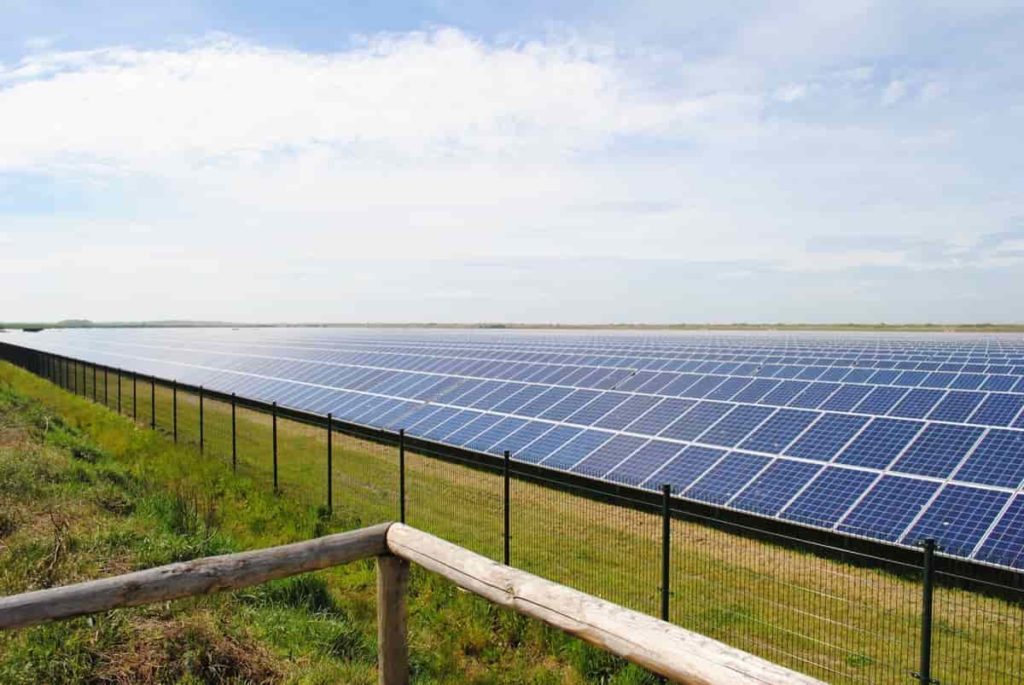
Photovoltaic module
The photovoltaic module, commonly known as solar panels, is a network used to convert solar energy into sustainable energy. A semiconductor material is the basis of each solar cell.
How to maintain an electric fence system?
Solar electric fencing systems require very little maintenance. The following tips can help you with proper fence maintenance;
- Make sure your solar power fence is a complete electric fence system with all the right accessories.
- Make sure the Energizer control unit is protected from rain and kept in a safe place.
- Regularly clean the top surface of the solar panel to remove any accumulated dust.
- Make sure that the solar panel is installed at an angle of 15 degrees to the north-south direction.
- During heavy storms and lightning, disconnect the energizer from the fence. This will protect the energizer from serious damage.
- Earthing is very important for good performance. Use a good number of super-earth kits. Do not install an earthing kit near mains earthling.
- Check the growth of plants regularly. Keep the fence line clean.
Battery maintenance
- Make sure the terminals are clean. Carefully use petroleum jelly from time to time.
- The specific gravity of the battery should be maintained between 1150 and 1250.
- Add distilled water to each cell of the battery to maintain electrolyte levels.
- Keep the battery upright on a wooden plank.
- Never add acid to the battery.
- Make sure the battery is initially charged correctly. Do not leave the battery unused for more than a month.
In case you miss this: Growing Yarrow Plants – A Full Planting Guide
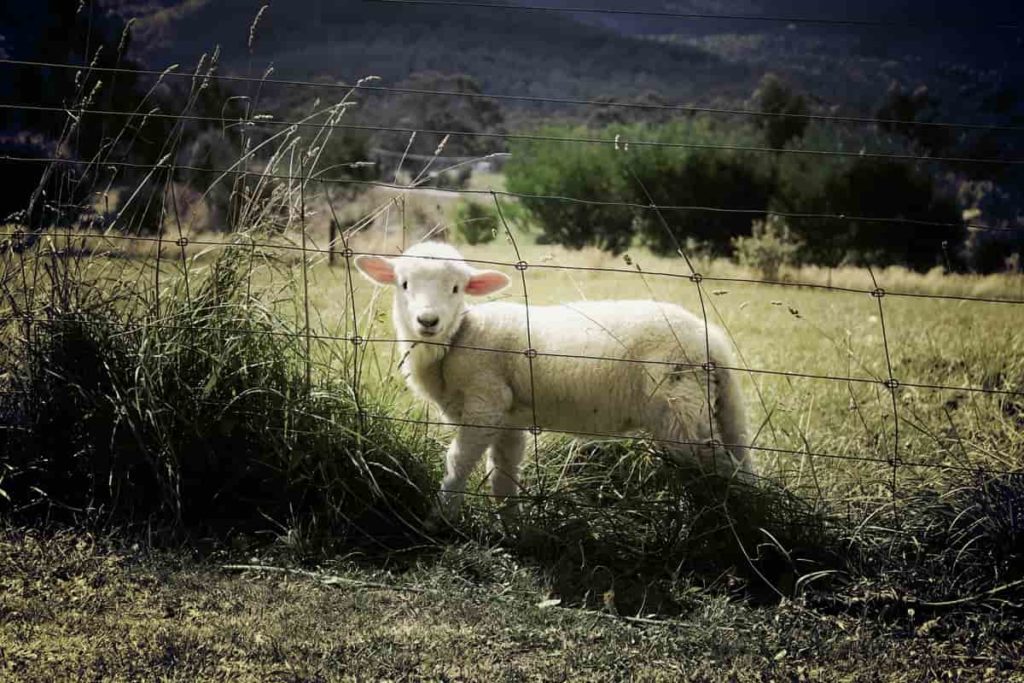
Working for solar fencing system
Solar-powered fences were considered a relatively durable and viable option. The solar-powered fence is scientific and works on solar energy with the facility of backup for uninterrupted walking at night as well as on cloudy days. The whole system can be divided into two parts, one electronic unit, and the other fence.
The electronic unit consists of a solar photovoltaic module, energizer, fence voltage alarm (FVA), battery, and charge control unit (CCU). The solar photovoltaic module in the electronic unit converts sunlight into electrical energy and charges the battery via CCU. Through the CCU, the energizer takes the 12V supply as input and powers it in pulses of 7000 to 9900 volts. These pulses will pass through the fencing wires at an interval of about 1 plus per 1.2 seconds and the duration of each pulse will be about 3 milliseconds.
Farmers always face various external hazards like weather dependence, market prices, availability of inputs, etc. Another major threat to agriculture is damage to crops by stray/wild animals. The solar fence system provides control for all kinds of animals. Its applications are suitable for remote areas and provide an economical and practical solution to achieve maximum protection of the field or specific areas.
These fences give the intruder a quick, short but non-lethal shock and make psychological fear against any tampering. The alarm included in the system is activated and alerts the prisoners of the safe area. These are tailor-made fences and can be designed according to customer requirements and site conditions.
The solar panel is made up of several photovoltaic cells connected in a solar panel series. These cells generate electricity. Together in a solar panel, these cells can generate enough voltage to charge a regular 12-volt battery. The solar panel ensures that the battery stays charged at all times. The battery stores the energy generated by the panel and gives power to the power provider 24 hours a day.
An energizer is a device that converts a low voltage current from a battery into a high voltage (up to 10,000 volts) current and sends it to an electric fence. In this way, electricity is generated on the fence and the animals touching the fence feel the shock. High voltage shocks to animals touching the fence keep the animals away from the fence and keep the field safe.
In case you miss this: Raised Bed Vegetable Gardening For Beginners
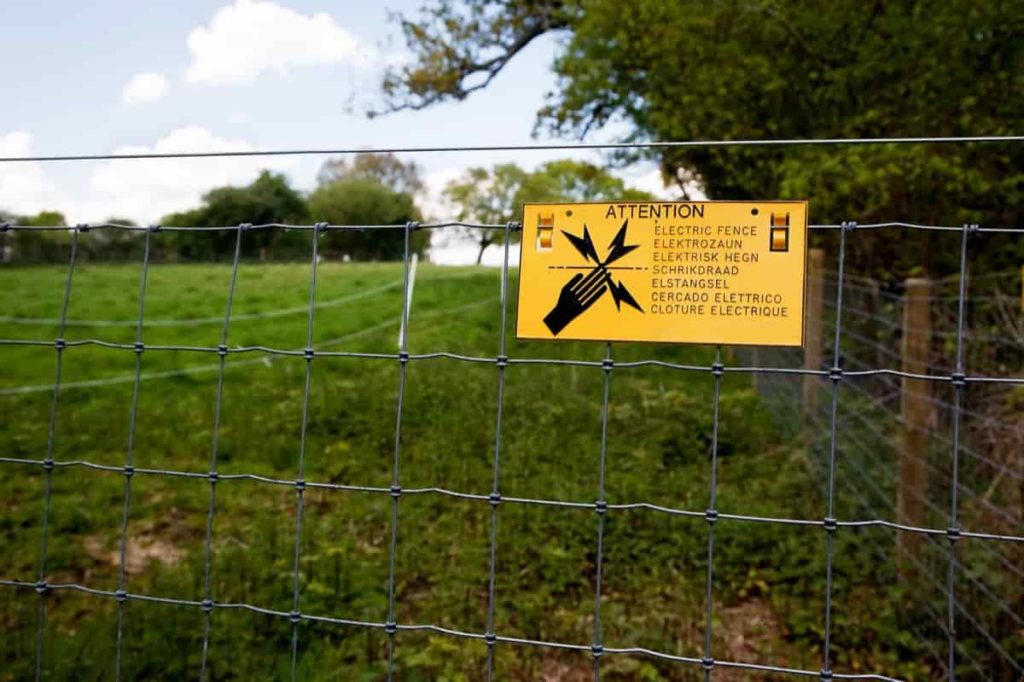
The solar-powered fencing system works in the same way as other solar products.
- A solar-powered panel for solar fencing consists of several small photovoltaic (PV) cells connected in series.
- The PV cells in the panel absorb, store and convert the solar energy into electricity which is stored in the battery to charge the fence.
- Solar power generated by solar panels keeps charging the entire battery, leaving the Energizer 24X7 active.
- An energizer is a device used to convert a low voltage current from a battery to a high voltage and thus power the fence.
- Thus a short electric current is generated when an object/animal/trespasser comes in contact with the fence.
- This solar electric shock is safe and does not cause any physical damage to the objects coming in contact with it.
- The mere presence of a fence acts as an effective ‘psychological barrier’ as the intruder stays away from the fence after experiencing this sudden, sharp and painful shock.
Features of solar power fence
- Low maintenance cost
- Extremely reliable because it works regardless of grid failure
- No physical harm to animals
- Cost-effective
- Efficient use of renewable solar energy
- It comes with a centralized alarm system
Advantages of solar power fencing
Solar fencing offers many advantages over conventional fencings, such as;
- The biggest advantage of professional solar fence chargers is their ability to operate off the grid – no electrical outlet is required.
- The big advantage is the long-term cost savings. Solar fence chargers can indeed be an initial investment. But their ability to generate electricity from solar energy means that you will avoid increasing electricity bills through grid-connected units.
- This also means that your electrical fence will not be affected by power outages. As long as there is sunlight, it will perform as expected.
- Eco-Friendly Power – These fences are environmentally friendly. By empowering them with sunlight, you are not burning fossil fuels to maintain your fence line.
- Perfect for living off the grid – If you are off the grid and want to stay that way, the solar fence charger is exactly what you need.
- Improving soil quality – Strengthens the quality of the soil attached to the area, as the passage of energy to the earth ultimately makes the soil fertile. Repeated exposure to solar energy in the soil improves soil fertility which is conducive to better vegetation.
- Vegetation improvement – By using a solar fencing system, shocks are possible through the growth of plants and grasses which is conducive to business. Property owners benefit greatly from the natural availability of energy sources and the zero cost of electricity.
- Human and animal safety – Electric shock is completely safe and non-fatal for humans and animals. The person touching the animal/fence will keep himself away from the fence.
- Low-cost – electric fencing requires less setup and materials than traditional fencing (barbed or woven wire). Animals are less likely to damage the electric fence because they usually do not touch it more than once, which reduces maintenance. With fewer maintenance issues and longer fence life expectancy, it is important to invest in standard components to increase the value for money.
- Ease of construction – Easy to construct, electric fences can be installed quickly and with minimal tools, which saves time and money.
- Flexibility – Wire space and fence design can be modified to control a variety of animals.
- Long-life – Electric fences can last a long time – up to 40 years – when built with standard components and materials.
- Types of Pesticides Used in Agriculture: A Beginner’s Guide
- Economical Aquaculture: A Guide to Low-Budget Fish Farming
- 15 Common Planting Errors That Can Doom Your Fruit Trees
- How to Make Houseplants Bushy: Effective Tips and Ideas
- Innovative Strategies for Boosting Coconut Pollination and Yield
- Pollination Strategies for Maximum Pumpkin Yield
- The Complete Guide to Chicken Fattening: Strategies for Maximum Growth
- Natural Solutions for Tulip Problems: 100% Effective Remedies for Leaf and Bulb-Related Issues
- Revolutionizing Citrus Preservation: Towards a Healthier, Greener Future
- Natural Solutions for Peony Leaf and Flower Problems: 100% Effective Remedies
- Maximizing Profits with Avocado Contract Farming in India: A Comprehensive Guide
- Natural Solutions for Hydrangea Problems: 100% Effective Remedies for Leaf and Flowers
- The Ultimate Guide to Choosing the Perfect Foliage Friend: Bringing Life Indoors
- From Sunlight to Sustainability: 15 Ways to Use Solar Technology in Agriculture
- The Ultimate Guide to Dong Tao Chicken: Exploring from History to Raising
- The Eco-Friendly Makeover: How to Convert Your Unused Swimming Pool into a Fish Pond
- Mastering the Art of Delaware Chicken Farming: Essentials for Healthy Backyard Flocks
- 20 Best Homemade Fertilizers for Money Plant: DIY Recipes and Application Methods
- How to Craft a Comprehensive Free-Range Chicken Farming Business Plan
- Brighten Your Flock: Raising Easter Egger Chickens for Beauty and Bounty
- How to Optimize Your Poultry Egg Farm Business Plan with These Strategies
- Subsidy for Spirulina Cultivation: How Indian Government Schemes Encouraging Spirulina Farmers
- Ultimate Guide to Raising Dominique Chickens: Breeding, Feeding, Egg-Production, and Care
- Mastering the Art of Raising Jersey Giant Chickens: Care, Feeding, and More
- Ultimate Guide to Raising Legbar Chickens: Breeding, Farming Practices, Diet, Egg-Production
- How to Raise Welsummer Chickens: A Comprehensive Guide for Beginners
- How to Protect Indoor Plants in Winter: A Comprehensive Guide
- Ultimate Guide to Grow Bag Gardening: Tips, Tricks, and Planting Ideas for Urban Gardeners
- Guide to Lotus Cultivation: How to Propagate, Plant, Grow, Care, Cost, and Profit
- Agriculture Drone Subsidy Scheme: Government Kisan Subsidy, License, and How to Apply Online
- Ultimate Guide to Raising Araucana Chickens: Breed Profile, Farming Economics, Diet, and Care
- Bringing Hydroponics to Classroom: Importance, Benefits of Learning for School Students
- Ultimate Guide to Raising Polish Chickens: Breed Profile, Farming Economics, Diet, and Care
- Ultimate Guide to Raising Australorp Chickens: Profile, Farming Economics, Egg Production, Diet, and Care
- Silkie Chicken Farming: Raising Practices, Varieties, Egg Production, Diet, and Care
- Sussex Chicken Farming: Raising Practices, Varieties, Egg Production, Diet and Care
THANKS FOR THE HIGHLY INFORMATIVE AND
USEFULL ARTICLE..
Very useful product. Whether it can be used in houses to protect from monkeys etc.
What will be the cost for fencing 3 acres of land
I am currently looking to fence a 1.5 acre land in Tamil Nadu..please call back to discuss this further.
Hi, Thanks for sharing. Can you please help me understand cost/acre for solar fencing.
Useful information. Kindly let me know the contact details of the seller/installer of the Solar Fencing System and its cost for 02 acres.
Regards.
Good info
Give me contact details for design, installation and cost of solar fence on 10 acres. Thanks
Cost of solar fence on 10 acre farm
I want to protect my plants about 1.5 acres please send cost including installation at my village
Good and very useful information, what exactly try do I need For a 2 acre somar fence of my Farm and where can I get this information near me in Embu.
We have 5 acres of agricultural land and we are facing severe monkey menace. Looking for solar power based solution. can you please provide kodel and the price
Check this “Solar Powered Fencing“